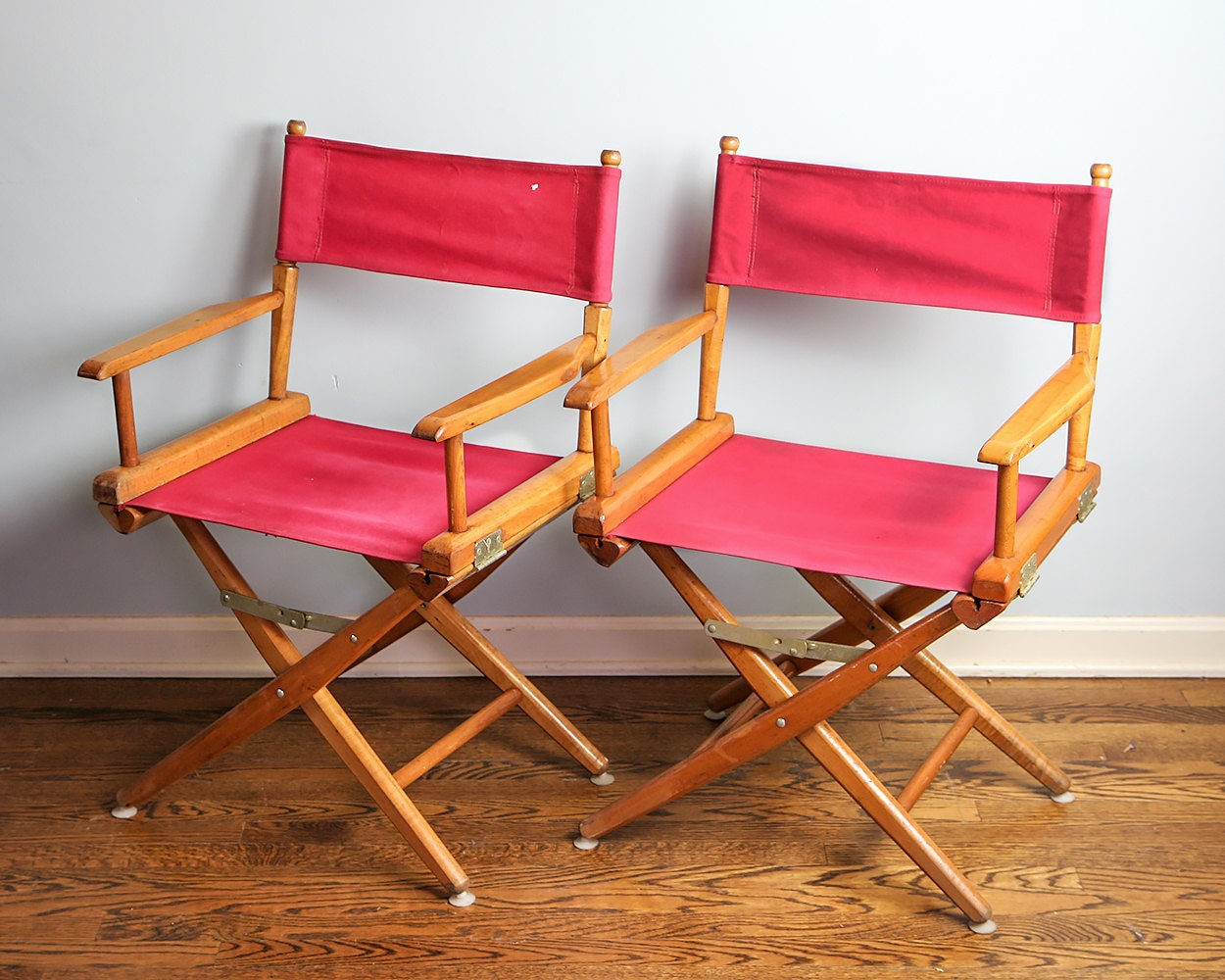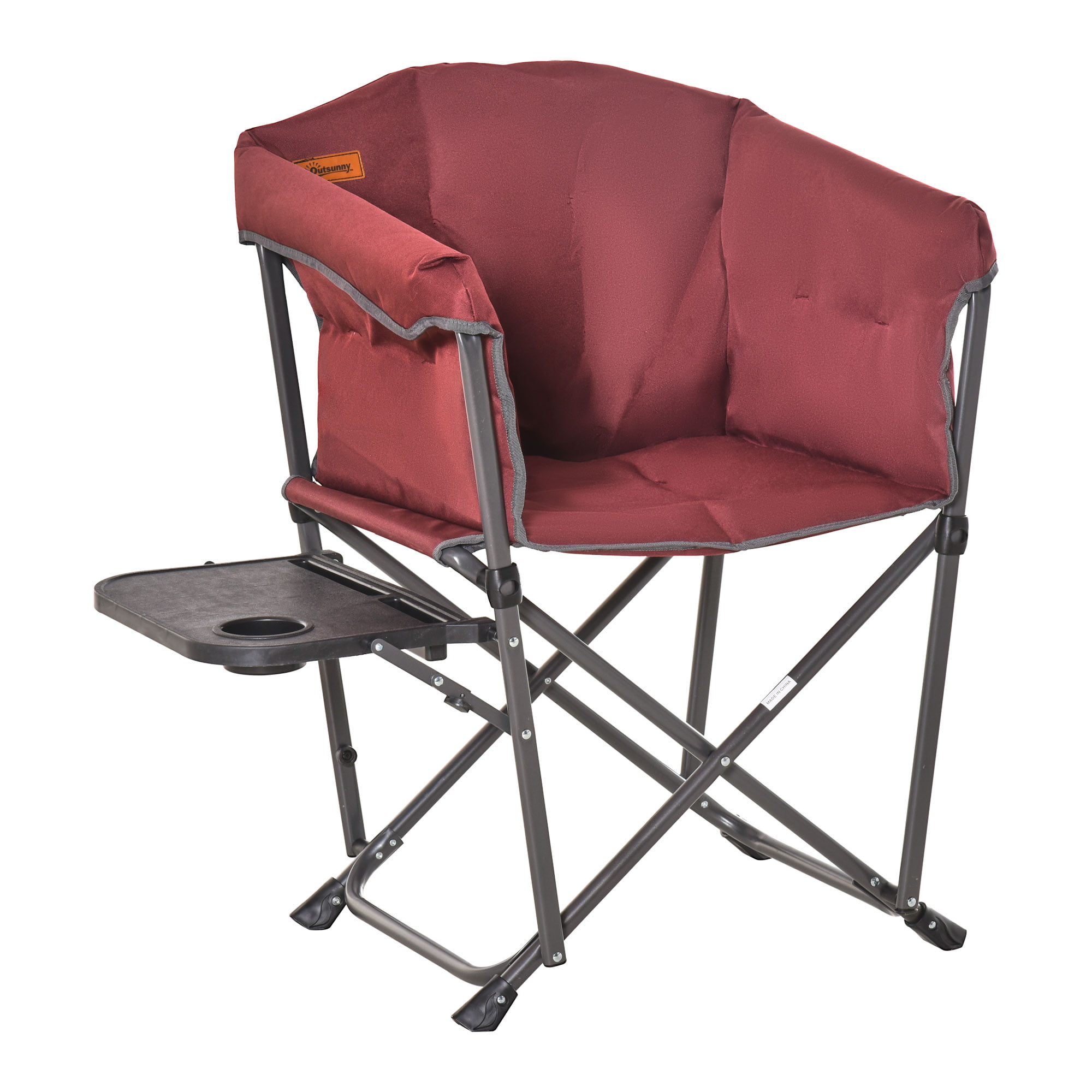The Concept of “Big Boy Director”

The term “big boy director” is a colloquialism used in the film and television industry to refer to directors who have achieved a high level of recognition, power, and creative control. This label often signifies a director’s ability to attract significant funding, command respect on set, and influence the creative direction of projects.
The evolution of the term reflects the complex power dynamics and hierarchies that exist within the film and television industry. The “big boy director” is typically someone who has a proven track record of commercial success and critical acclaim, enabling them to negotiate favorable contracts and secure the resources needed to realize their creative visions.
Examples of “Big Boy Directors” and Their Signature Styles
The “big boy director” label is often associated with directors who have established distinct auteur styles and have achieved mainstream success. These directors have cultivated a loyal following and a recognizable visual and narrative approach.
- Steven Spielberg: Known for his blockbuster films like *Jaws*, *E.T. the Extra-Terrestrial*, and *Jurassic Park*, Spielberg’s signature style is characterized by his ability to blend spectacle with emotional storytelling. He is often praised for his masterful use of suspense, visual effects, and relatable characters.
- Quentin Tarantino: Tarantino’s films are renowned for their stylized violence, witty dialogue, and non-linear narratives. His films, such as *Pulp Fiction* and *Inglourious Basterds*, are characterized by their unique visual aesthetics, memorable characters, and postmodern approach to storytelling.
- Christopher Nolan: Nolan is known for his ambitious and thought-provoking films, including *The Dark Knight* trilogy and *Inception*. His films are characterized by their intricate plots, complex characters, and innovative use of special effects.
Implications of the “Big Boy Director” Label
The “big boy director” label has significant implications for the film and television industry. It reflects the power dynamics that exist between directors, studios, and producers. The label also underscores the importance of creative control and the ability to attract funding and talent.
- Power Dynamics: The “big boy director” label highlights the hierarchical nature of the film and television industry. Directors who achieve this status often have a significant amount of power and influence over their projects, enabling them to shape the creative vision and make critical decisions.
- Creative Control: The label also emphasizes the importance of creative control in the film and television industry. “Big boy directors” are often given a great deal of autonomy in their projects, allowing them to bring their unique vision to life. This creative freedom is often seen as a hallmark of success in the industry.
- Industry Expectations: The “big boy director” label also reflects the industry’s expectations of success. Directors who achieve this status are often expected to deliver commercially successful films that appeal to a wide audience. This pressure can be intense, as studios and producers are constantly seeking directors who can guarantee box office returns.
Extra Wide Chairs and Directorial Authority: Big Boy Director Extra Wide Chair

The extra-wide chair, a seemingly simple piece of furniture, holds a powerful symbolic weight in the world of filmmaking. It signifies a director’s authority, their position as the ultimate creative force behind a film. This article explores the symbolism and significance of extra wide chairs, examining their role in establishing directorial authority and influencing the dynamics of a film set.
The Symbolism of Extra Wide Chairs
The extra-wide chair is more than just a comfortable seat; it is a visual representation of the director’s power and control. The spaciousness of the chair conveys a sense of dominance and comfort, allowing the director to maintain a commanding presence during the filmmaking process. This visual cue subtly reinforces the director’s role as the ultimate decision-maker, influencing the actors, crew, and even the audience’s perception of the director’s authority.
Examples of Directors and their Chairs
Several directors have embraced the extra-wide chair as a symbol of their style and authority. For example, Alfred Hitchcock, the “Master of Suspense,” was known for using a large, comfortable chair on set, often positioned at a distance from the actors. This physical separation mirrored the psychological distance he created between his characters and the audience. Similarly, Quentin Tarantino, a director known for his distinctive dialogue and stylized violence, often uses a large chair on set to maintain a commanding presence and ensure his vision is fully realized.
Impact on Set Dynamics
The use of an extra-wide chair can significantly impact the dynamics of a film set. The director’s choice of chair can influence the relationship between the director and the actors, creating a sense of formality or intimacy, depending on the director’s intention. For instance, a director who uses a small, unassuming chair may create a more collaborative atmosphere, while a director who chooses a large, imposing chair might establish a more authoritative presence.
The presence of an extra-wide chair can also influence the overall energy of the set. A large chair can create a sense of power and control, potentially influencing the actors’ performances and the crew’s behavior. This can be beneficial for maintaining order and ensuring the director’s vision is carried out, but it can also create a more rigid and less collaborative environment.
The Evolution of Directorial Styles

The art of filmmaking has undergone a remarkable evolution, with directors playing a pivotal role in shaping the cinematic landscape. From the early days of silent cinema to the era of digital filmmaking, directorial styles have transformed, reflecting changing social norms, technological advancements, and audience expectations.
The Rise of Auteurism
The concept of the “auteur” emerged in the 1950s and 1960s, emphasizing the director’s personal vision and artistic control over the film. Auteur directors, such as Alfred Hitchcock, Akira Kurosawa, and Ingmar Bergman, were renowned for their distinctive styles and recurring themes. Hitchcock’s suspenseful thrillers, Kurosawa’s epic samurai films, and Bergman’s introspective dramas showcased the power of a director’s unique perspective.
The Future of Directorial Authority

The realm of filmmaking is constantly evolving, shaped by technological advancements, shifting audience preferences, and the ever-changing dynamics between creators and consumers. As we look ahead, the question arises: what will become of directorial authority in this dynamic landscape? Will directors maintain their traditional power, or will the future see a more collaborative and decentralized approach to filmmaking?
The Influence of Emerging Technologies, Big boy director extra wide chair
The rise of artificial intelligence (AI) and virtual reality (VR) technologies is poised to significantly impact the film industry. AI-powered tools are already being used for tasks like scriptwriting, editing, and even visual effects, potentially altering the role of directors in the creative process. VR and augmented reality (AR) technologies could also reshape how films are experienced, potentially blurring the lines between directorial intent and audience interaction.
The future of filmmaking is likely to be characterized by a greater reliance on AI and VR technologies, potentially changing the traditional power dynamics between directors and other creative professionals.
- AI-powered tools like scriptwriting software could generate scripts based on specific parameters, potentially changing the role of screenwriters and directors in the creative process. While this could lead to greater efficiency and innovation, it could also raise concerns about the potential for AI to replace human creativity.
- VR and AR technologies could allow audiences to experience films in more immersive and interactive ways, blurring the lines between traditional filmmaking and gaming. Directors may need to adapt their storytelling techniques to accommodate these new technologies, potentially leading to a more collaborative approach to filmmaking, where audiences play a more active role in shaping the narrative.
It sounds like you’re wanting to ensure your “big boy director extra wide chair” is sturdy and comfortable. A wobbly chair can be distracting and even uncomfortable, but luckily, there’s an easy fix! You can often find replacement parts for your chair base, and sometimes even a simple tightening of existing screws can solve the issue.
If you’re looking for a comprehensive guide to patio chair base replacement , you can find helpful tips and instructions online. With a little effort, you can get your “big boy director extra wide chair” back in tip-top shape and enjoy its comfort for years to come.
The “Big Boy Director Extra Wide Chair” sounds like it might be designed for comfort and spaciousness, and that’s important when choosing any kind of seating. Adirondack chairs are known for their relaxed posture, but the comfort level can depend on the adirondack chair seat height , which needs to be just right for your legs and back.
Perhaps the “Big Boy Director Extra Wide Chair” offers a similar kind of tailored comfort, ensuring that you can settle in and relax without any discomfort.
